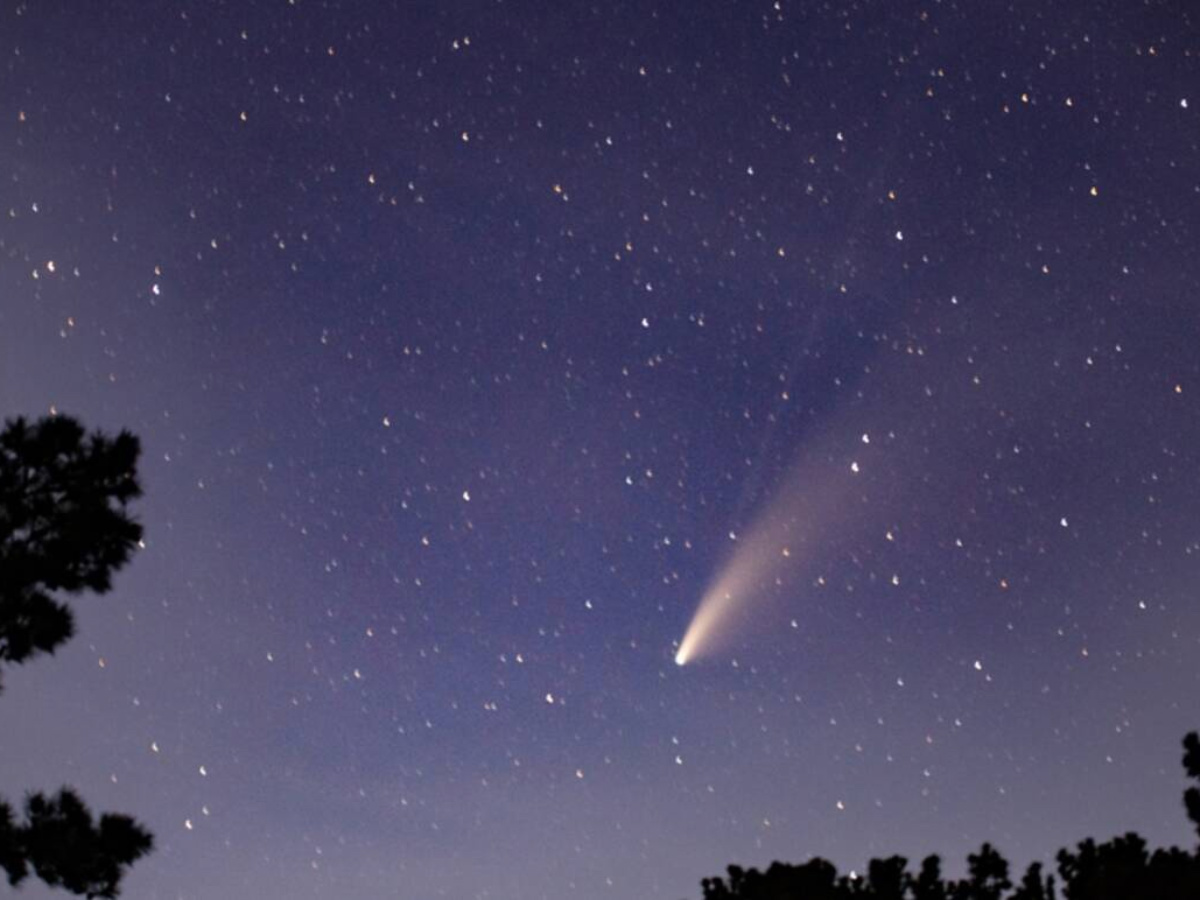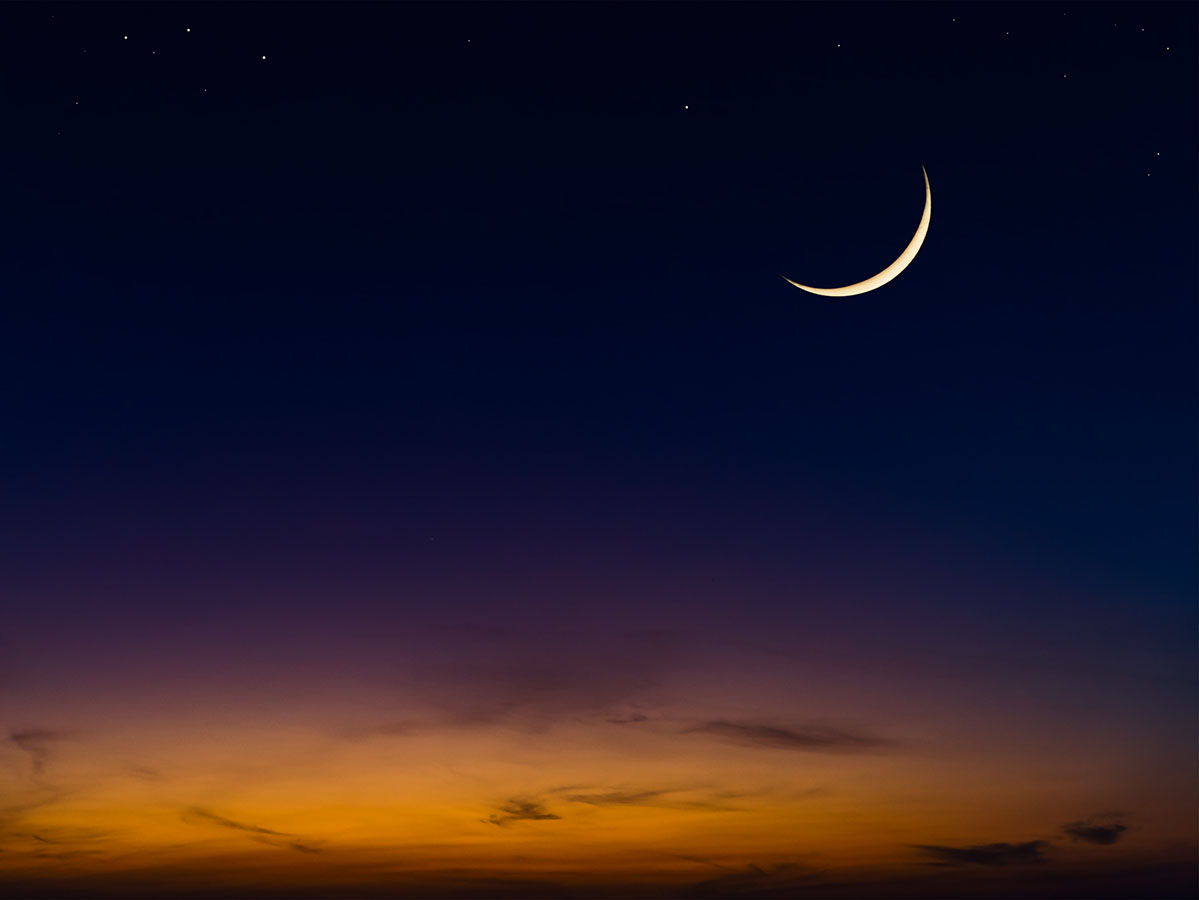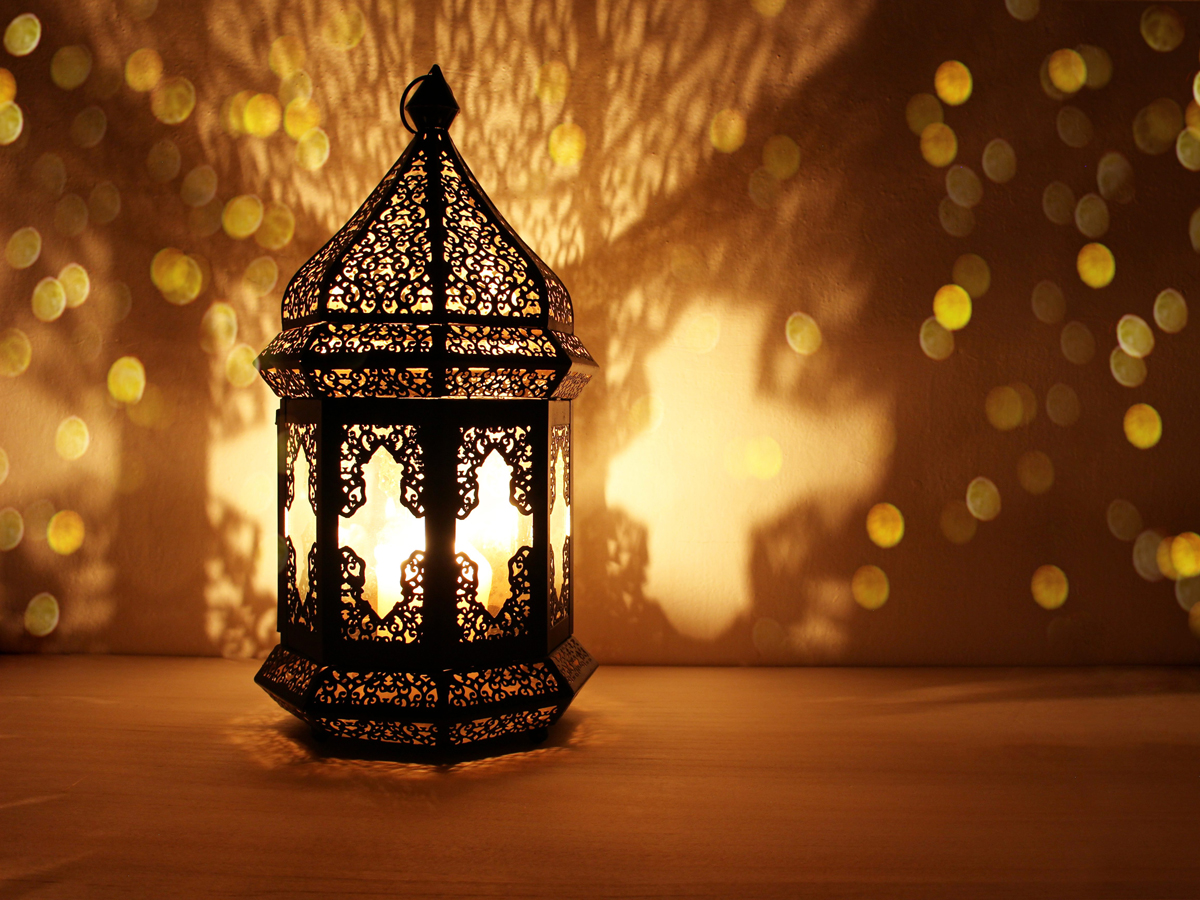Comets don’t get more famous than Halley’s. As you may well know, it was named after Edmond Halley, who figured out that sightings of comets over Earth in 1531, 1607 and 1682 were probably all the same astronomical object returning to our skies at regular intervals. He correctly predicted that it would return in 1758, although he didn’t live to see it himself.
The last sighting of Halley’s Comet was in 1986, and so sadly that means it won’t be visible in the night sky until 2061. But here’s some good news: on one night every year you can see the glowing trails of meteors – produced when the comet enters our solar system and sheds layers of ice and rock – flash across the night sky. This year the big night is May 5.
These remnants of the comet are also known as the Eta Aquarids, and every year the Earth passes through their trails, which collide with out atmosphere to create bright, fiery streaks in the night sky. Come May 5, depending on which part of the world you’re in, you could spot ten to 30 meteors an hour, for a few seconds at a time.
On the night, the best bet is to head outside and use the ‘square’ in the Pegasus constellation to guide you towards Aquarius. The Southern Hemisphere is better for viewing the phenomena, though you’re still likely to see around ten meteors an hour in the North. Head out at around 2am, wherever you are, so it’s dark as possible. It may take a few minutes to get used to the gloom, but then you should be all set. Wrap up warm, face east and look up at the stars – you should be gazing at tiny glowing meteors throughout the night until dawn.









